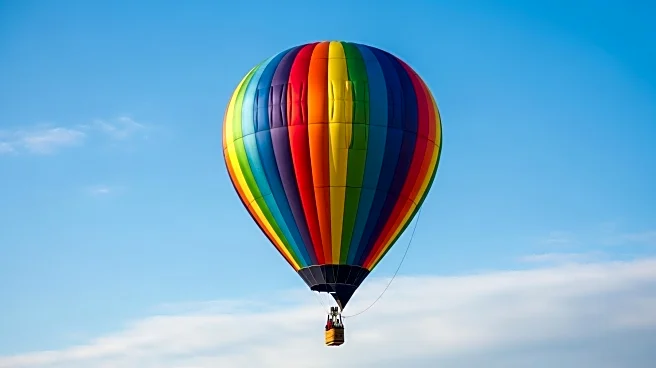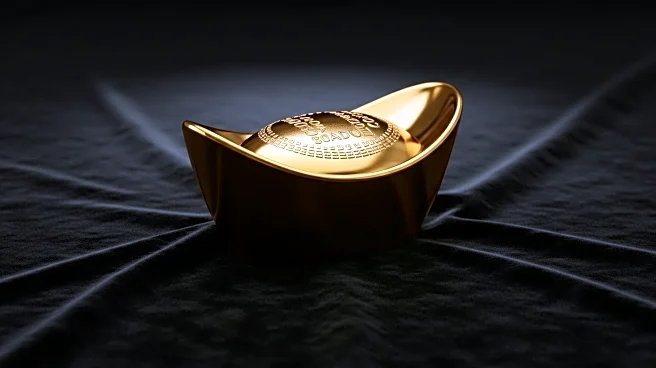What's Happening?
Mass timber is gaining attention as a sustainable building material, with various production technologies shaping its future. The choice between milling, veneer peeling, adhesive bonding, and mechanical fasteners impacts costs, carbon balances, and building capabilities. These industrial choices are crucial for the material's role in addressing housing shortages and climate goals, particularly in Canada.
Why It's Important?
Mass timber offers a sustainable alternative to traditional construction materials like steel and concrete, with the potential to reduce carbon emissions significantly. The industrial choices in its production affect the material's scalability and efficiency, influencing its adoption in the construction industry. As countries like Canada explore mass timber for housing solutions, these decisions will impact economic and environmental outcomes, positioning mass timber as a key player in sustainable development.
Beyond the Headlines
The debate over adhesive versus mechanical fasteners in mass timber production highlights broader issues of sustainability and circular economy principles. Innovations like lignin-based adhesives could further reduce the material's carbon footprint, aligning with global climate goals. These developments reflect a shift towards more eco-friendly construction practices, emphasizing the importance of industrial strategy in achieving long-term sustainability.











